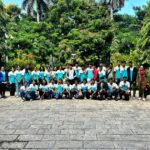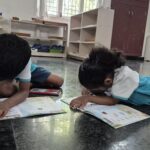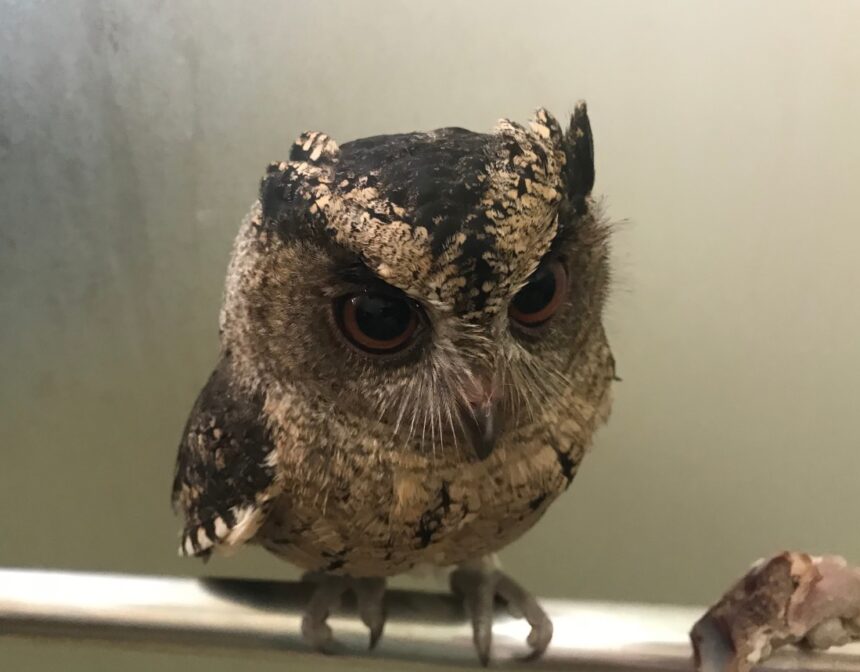It’s goodbye to our dear owl
Tweety, which is how the students call it, has now gotten bigger and looks more mature and fully developed physically. It is just over 3 months from the moment it was rescued from the danger. Its features are now more prominent and notable including its wings and eyes, and now bears the resemblance to a perfect adult bird. Its flight pattern also gave the impression of its full growth but we were still uncertain about whether it was sufficiently fit to survive in the outside world. Also, it was irresolute whether it was permitted by law to keep in custody an owl at school. To work out these questions, we eventually decided to take Tweety to the GASS forest museum located at R.S. Puram in the heart of Coimbatore city. We also decided to entrust them with the responsibility of looking after him as that appeared to be the just conclusion. So, as a result, a few of us senior students along with our Lalitha Prakash mam visited the museum to hand Tweety to the officials. There we met Mr. Sathish, DFO who examined the state of the owl. We were exceedingly satisfied to come to realize that he was flawlessly alright and in an ideal health.
We handed over the owl to Mr. Sathish and also came to know that rescuing owls and protecting them until they are big enough to be let out into the wild was in all the ways legal and not out of the laws. Following the handover, we were assisted by Mr. Bhoomi Nathan, from WWF(World Wildlife Fund), who accompanied us to the Rescue Centre of the museum where many such birds which were saved at various points of time were caged, ready to be released once the precise time arrived. The authorities have also made public that any such hurt or rescued animals or birds can be taken to this museum for further guidance and help with its growth. They promised to keep in contact and give us continual updates on its progress. We then bid our final adieus to Tweety. It was surely a disconsolate moment for us as every single child took efforts in making sure that Tweety stayed sheltered and secure. Its avian adventure at K’sirs had sure come to a termination as he is now prepared to start a new episode in the natural wilderness.
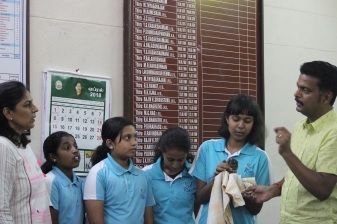
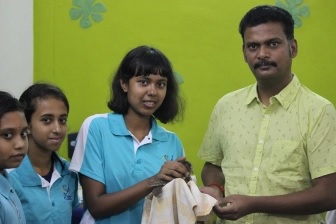
We feel thankful and happy to have saved this owl and hope to save more birds and see to it that we do our best in preventing the further habitat destruction and death of birds.
Epilogue
We have turned our avian friend over to the local forest department.
During the visit, we also tried to determine the species as we had to understand what to give and how to help the owls and other birds properly without making generalizations and assumptions. Its key features are it has two tufts of feather-like ears which stand up when the owl feels threatened or attacked. It has black streaks on its underbelly and its plumage is very similar to that of the Indian eagle owl and also we found out by comparisons that the Indian eagle owls are confused for other owls and bear lots of similarities to other owl species. https://en.wikipedia.org/wiki/Indian_eagle-owl
Upon meeting the forest department head of the branch we were informed on the major rules behind rescuing owls and certain birds;
– It is illegal to keep an owl as a pet for any reason. They must not be given to a museum for taxidermy purposes without proper consultation and adherence to rules.
– It is okay to keep a rescued owl for a large amount of time for health purposes and the stages of maturity provided all the health conditions are maintained and checkups with local ornithologists and avian veterinarians are consulted but the owl must be returned to the habitat with the agreement of the proper officials and it must be admitted to the local forest department or rescue foundation.
